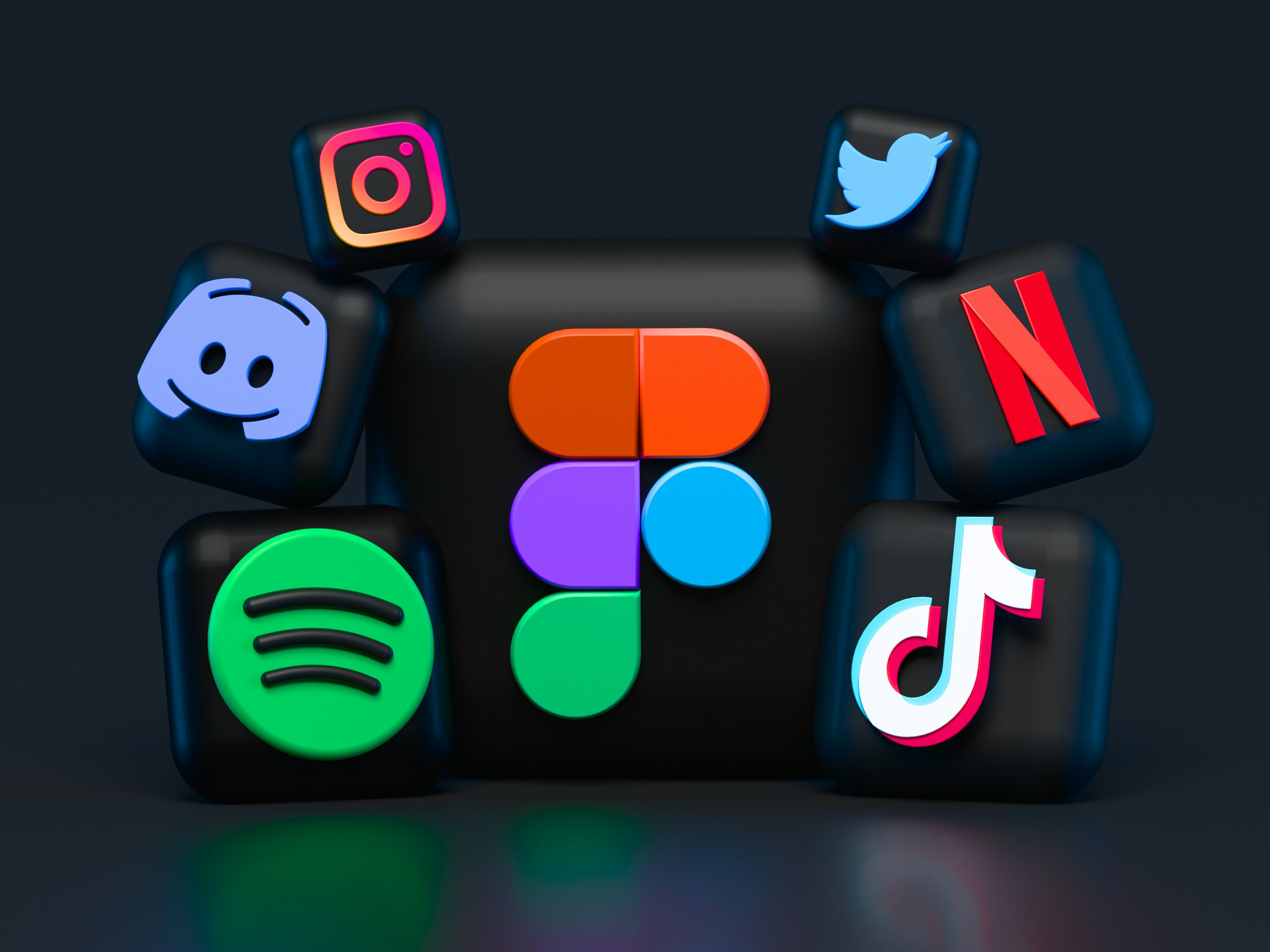
The Power of Content Repurposing
In the fast-paced digital world, consistently creating fresh content can be challenging. However, content repurposing (also known as content recycling) is an efficient strategy to extend the life of your existing content while reaching new audiences. This method involves adapting original content into different formats and distributing it across various platforms, ultimately increasing engagement and maximizing your content marketing efforts.
Why Repurpose Content?
Repurposing content offers several advantages:
- Expanded Reach: Different platforms cater to different audiences. Adapting content ensures it reaches diverse groups.
- Increased Engagement: People consume content in different ways. Some prefer reading blogs, while others engage more with videos or social media posts.
- Cost & Time Efficiency: Creating multiple content pieces from one source saves time and resources compared to producing each from scratch.
- SEO Benefits: Repurposed content increases your chances of ranking for additional keywords, improving search visibility.

How SQO Repurposes Content
At SQO, we make sure to get the most out of every piece of content. For example, when we create a blog post, we repurpose it by sharing the key takeaways on our Instagram page to connect with a broader audience. We also have a dedicated social media account that showcases behind-the-scenes production work, allowing others to see how our projects come to life. We then repost these behind-the-scenes moments on our main social media channels, keeping our audience engaged and giving them a deeper look into what we do. This approach ensures that our content continues to generate value across multiple platforms.
How to Identify Content for Repurposing
Not all content is suitable for repurposing. The best candidates are:
- Evergreen Content: These are topics that remain relevant over time, such as industry guides and how-to articles.
- High-Performing Content: Use tools like Google Analytics to find posts with high engagement, traffic, or conversion rates.
- Seasonal Content: Adapt previous seasonal content (e.g., holiday guides) for social media updates or quick tips.

Best Content Repurposing Strategies
Once you’ve identified content to repurpose, consider the following methods:
1. Transform Blog Posts into Different Formats
- Infographics: Convert data-rich blog posts into visually appealing infographics for social media.
- Videos: Create explainer videos or tutorials based on written guides.
- Social Media Posts: Extract key insights from articles and turn them into bite-sized social media content.

2. Repurpose Webinars & Podcasts
- Blog Summaries: Convert a webinar or podcast into a blog post summarizing key takeaways.
- Short Video Clips: Extract highlights and share them on platforms like Instagram Reels or TikTok.
- Quote Graphics: Pull compelling quotes from guest speakers and create shareable visuals.

3. Combine Content into New Resources
- E-books & Whitepapers: Merge multiple related blog posts into a comprehensive downloadable resource.
- Email Series: Break down long-form content into an email sequence for subscribers.
- Online Courses: Use existing educational content to create an e-learning module.
4. Cross-Platform Adaptation
- LinkedIn Articles & Medium Posts: Republish blog content on LinkedIn or Medium with slight modifications.
- Twitter Threads: Summarize key points into a Twitter thread to engage with a new audience.
- Pinterest & Instagram Carousels: Repurpose step-by-step guides into visual slideshows.

Optimizing Repurposed Content
To maximize effectiveness, tailor your content for each platform:
- SEO Optimization: If repurposing for websites, ensure proper keyword usage and meta descriptions.
- Platform-Specific Adjustments: Adjust visuals, text length, and format based on platform requirements (e.g., vertical videos for TikTok, long-form posts for LinkedIn).
- Engagement Strategies: Use hashtags, call-to-actions, and interactive elements like polls or quizzes to boost audience participation.
Measuring Success
To determine the impact of repurposed content, track key performance indicators (KPIs):
- Website Traffic: Monitor visits and engagement on republished blog posts.
- Social Media Metrics: Measure likes, shares, comments, and reach on adapted content.
- Conversion Rates: Analyze how repurposed content contributes to lead generation or sales.
Final Thoughts
Content repurposing is a smart and sustainable strategy for maximizing the value of your existing content. By strategically adapting and distributing content across different formats and platforms, you can extend your content’s lifespan, reach new audiences, and enhance engagement—all while saving time and resources. Implement these strategies today to get the most out of your content marketing efforts!

